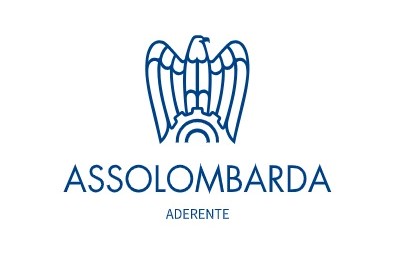The working man
Category: News - Author: Monica Amato
The beginning of human work can be traced back to the prehistoric era, when man acquired and manifested astonishing technical skills that were far greater than those of all the other animals living on our planet. At the same time, these skills were associated with particular mental and physical aptitudes, deriving from ever greater coordination between the brain, hands, eyes and speech.
Karl Marx (1818-1883), a German philosopher, economist, historian and sociologist, argued that: “work is what distinguishes man from other animals because it makes him a being capable of producing his own means of subsistence.”
It is therefore not possible to analyse the history and evolution of human civilisations without also taking into account the evolution of the many work activities carried out by man and the significance attached to them, which has also shaped the related social conditions over the years.
In all the most ancient and evolved civilisations, free men and nobles despised work, which was exclusively carried out by slaves. This was so deeply entrenched in society that the original meaning of the word, highlighted by the various etymologies, focuses on aspects with a strong negative connotation; the Latin term "labor", from which the Italian word “lavoro” [work] derives, can be translated as fatigue, effort, pain, discomfort, misfortune and associated with the process of childbirth.
The turning point for the working man can be traced back to medieval times. In addition to the unchanging presence of the serfs, the lowest class, who were tied for life to the lands of the Lord of the fief, other important figures emerged in the Middle Ages, mainly craftsmen and merchants.
With the expansion of crafting and trading activities, which belonged to the emerging middle class, a reorganisation of the work structure became necessary, and consequently also the concept of work itself changed. No longer seen exclusively as physical effort to cultivate the land, work became the acquisition of high manual skills, correlated with entrepreneurial skills and competences.
Work, therefore, was no longer synonymous with slavery and the working man acquired his dignity as a free individual.
Some years later, between the 17th and 18th centuries, capitalism began to develop, and was characterised by the figure of the subordinate worker, i.e. an individual who, while retaining his individuality, personality and freedom, was employed by a merchant or craftsman.
Subsequently, with the Industrial Revolution, the model of the subordinate worker gradually expanded and consolidated, until it took on the specific characteristics of the "Factory Worker", that is, the salaried worker whose activities were carried in the emerging factories. This necessarily entailed working in shared physical environments and a revolution marked by differentiation in specific tasks and by the organisation of work in shifts.
Between the 19th and 20th centuries, the figure of the Salaried Subordinate Employee, i.e. the Factory Worker, acquired increasingly specific and defined traits and character, leading to an irreversible change in the concept of “work” which, to quote Prof. Vegetti, a historian of philosophy, starts to be intended as: “man's provision of a productive force which is at the same time transformative and creative; this idea of work as force and as energy is clearly linked to the style of nineteenth-century epistemology, centred on the great concepts of force and energy which dominate physics, thermodynamics, electromagnetism, and all the tractive sciences...”
In the decades that followed, the concept of work became synonymous with high levels of socialisation, thanks both to an ever-increasing number of people coming together in communal areas, and to the strong and unstoppable urbanisation process, which led to the birth and spread of residential structures next to factories, resulting in a virtual fusion of working environments and places for living outside work.
In addition, a new culture of work emerged, in which paid activity is viewed as the measure of social differentiation and the means to ensure the security of survival.
At this point, it should be clear that the organisation of work is the way in which man has always been able to keep himself alive and to advance the various civilisations, thus favouring technological development and its dissemination.
Jumping to the present day, starting from the new millennium and as a result of the globalisation of the economy, there has been a dramatic change in the organisation of labour, which led to the birth of numerous specific tasks, a plurality of actions connected to the specific and actual production activity. It is precisely in the light of this differentiation of work cycles that the discipline of “occupational health” was born, and its function and protagonists will be described in greater detail later on.
For now, suffice it to say that European legislation provides for the presence of a reference occupational physician for any work cycle. This figure is commonly referred to as the “Occupational Health Physician”, whose activity has gradually intensified and improved over the years to the point of making it necessary to computerise all the processes this figure is active in, and which I will discuss in detail in future articles.
Bibliography
- Sartorelli E. (1981): Trattato Di Medicina Del Lavoro Ed: Piccin
- Penso G. (1991): La Medicina Medioevale Ed: Ciba Geigy
- Vegetti M. (1981): Ergastulum: il luogo dove si lavora. In lavoro=liberare il lavoro o liberarsi dal lavoro? supplement to no. 24 of "Il Manifesto" 24/2/1981.
- Marx K. (1886): Il Capitale Ed. Feltrinelli





